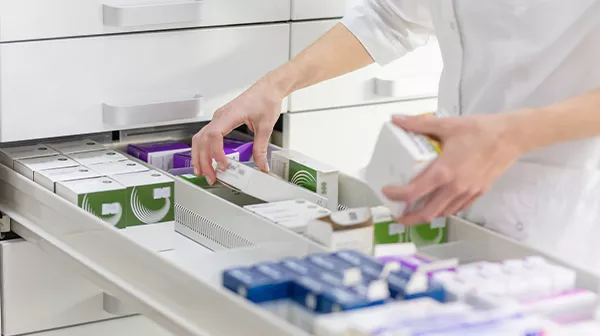blue
Product overview
Predicting drug shortages across the supply chain
TraceLink Product Availability Intelligence leverages a massive data set associated with more than 35 billion unique products on the TraceLink network—the life sciences industry’s largest supply chain network digitalization platform—to predict drug shortages and their duration across the healthcare supply chain.
Information you’ll receive
Industry challenges
The cost and impact of drug shortages
Drug shortages have a significant impact on patient health and create extraordinary challenges for pharmacy and procurement leaders, including:
Negative impact on patient care
Drug shortages often result in delays or cancellations in medical procedures, and limited treatment options.
Negative impact on patient care
Increased operational cost
Shortages and consequential delays increase labor cost for companies and increase drug costs by 15-30% on average.
Increased operational cost
Loss of credibility and business
Companies may lose credibility with customers, who go to competitors, resulting in a loss of 5–7% of sales annually.
Loss of credibility and business
Product capabilities
The power of collective intelligence
Product Availability Intelligence provides drug shortage predictions that exceed the performance of all existing industry benchmarks by leveraging:
Partner voices
Protecting patients through innovation
Hear what our customers and the industry is saying about Product Availability intelligence.
Hear what our customers and partners are saying about Product Availability Intellegence.
Use Cases
Product Availability Intelligence in action
See how different supply chain segments are benefiting from Product Availability Intelligence.
See how different supply chain segments are benefiting from Product Availability Intelligence.


















